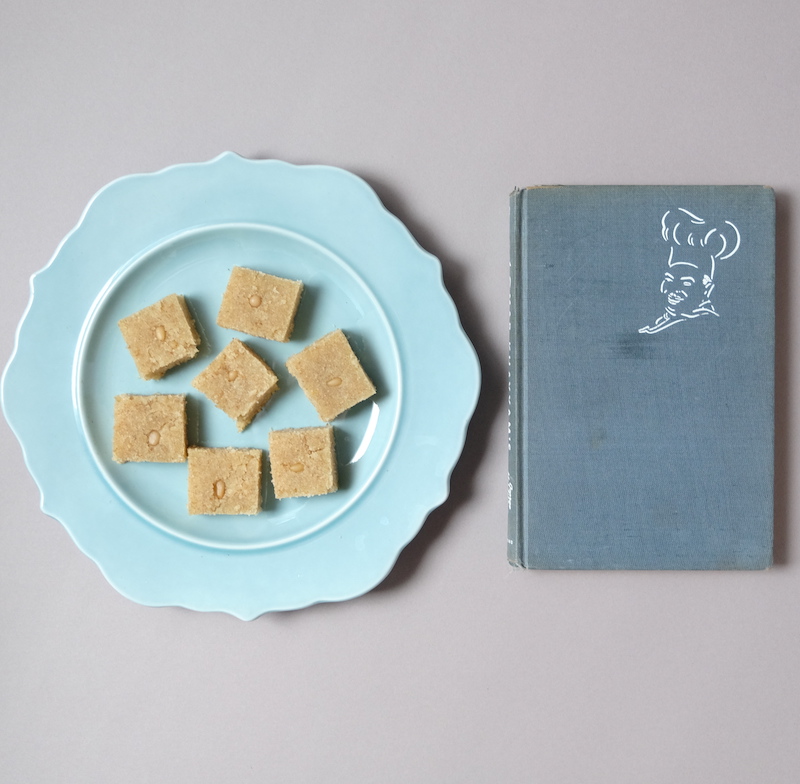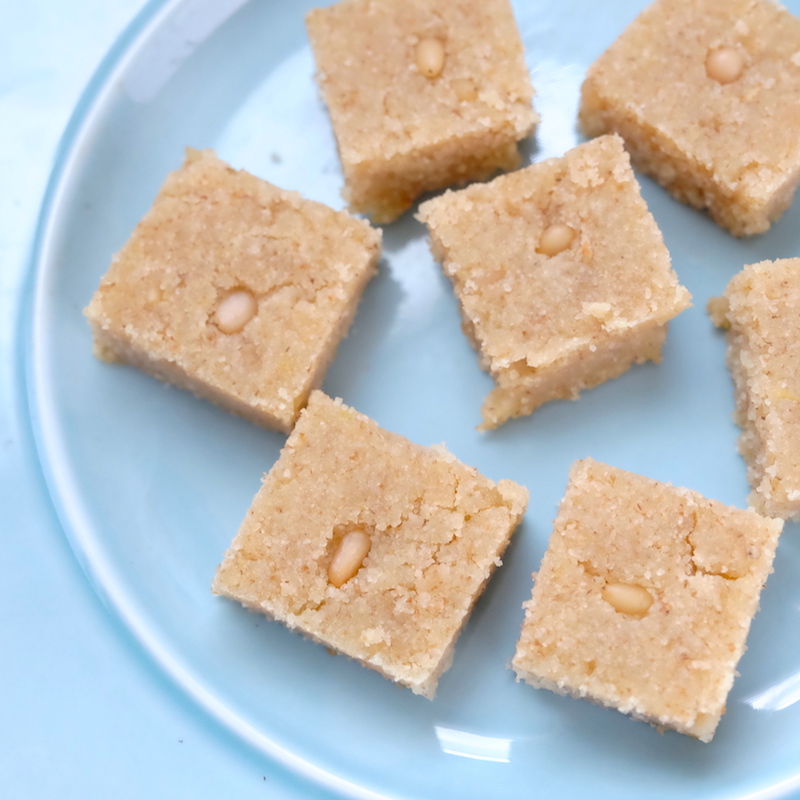Imrig Halva
I've only recently started this attempt to document the complexity of Armenian identity through the lens of food, but the truth is, it's a project that's been on my mind for years. One of the catalysts for it has always been George Mardikian, a man who survived immense challenge and trauma early in his life to become an American success story. With his popular restaurant, Omar Khayyam's, Mardikian had a pioneering hand in introducing the country to Middle Eastern food, saving at least a portion of the population from a cruel, bland fate wedged between boiled potatoes and meatloaf. I was mesmerized by his story and soon found myself on the phone with his son, trying to reconstruct his life for a story. His existence and contributions to his adopted country gave me a sense of feeling rooted, it made me realize that I had some legacy here, one that had its hand in changing America in a positive way, that my identity was more varied than I was led to believe by larger powers that be. Anyone who exists as a minority in this country can understand that feeling without explanation.
Mardikian grew up in Constantinople (now Istanbul) and witnessed the horrors of the Armenian Genocide first hand. His father was arrested, never to be seen again and his grandmother committed suicide by jumping into the Euphrates rather than be killed. Mardikian eventually ended up in a Turkish prison and was rescued when the Near East Relief helped him escape by telling his captors he was American.
"I became an American before I became an American," Mardikian wrote in the 1950s.
Before he got to the U.S., he was stationed in Armenia with the organization, overseeing food distribution for around 20,000 Armenian orphans. The Near East Relief (now the Near East Foundation) is America's oldest nonsectarian international development NGO, specifically founded in response to the genocide in 1915, which displaced Armenians, Assyrians and Greeks. It organized the world's first large-scale humanitarian project and with the help of Americans, raised over $116 million for survivors.
Posters with slogans like "Give or they perish," "We can save them," and "40,000 orphans without aid" were circulated in the U.S., cementing the notion of "starving Armenians" in the minds of Americans. When thousands of genocide survivors eventually escaped over a century ago and shared their food with America, things took a different turn. A 1939 column from a Pennsylvania newspaper about an Armenian restaurant in New York touted "gastronomic Armenians," instead. "Whoever nicknamed them the starving Armenians?" the columnist wrote.
The truth was and still is that Armenians, like many other cultures, live, fight, love and die with food.
In Armenia, the Near East Relief received large shipments of Cream of Wheat, a breakfast porridge made of farina that was first made in 1893 in North Dakota.
The directions on the box said that the concoction had to be served with cream and sugar, neither of which were available.
"And here it was, that tempting food, yet it wasn't palatable just boiled. So again the ingenuity of an old historic race was aroused and the result was a beautiful dessert, Imrig Halva," Mardikian writes in "Dinner at Omar Khayyam's."
Since that time, Imrig Halva, a dish born out of immense tragedy, an accidental recipe, has been made by Armenian families in America for generations.
"Imrig" means semolina in Turkish and "Halva" is a confection made with a flour and butter base known across the Middle East, South Asia and the Balkans. There is a Turkish version called "Irmik Helvasi" which uses milk. Greeks also have a semolina-based version. Turks, Greeks and Armenians, having live together for centuries, were experts at cultivating wheat, and so while the recipe may not be new, Mardikian's idea of mixing three simple ingredients together at a time of crisis was a creative, life-saving fix.
There is nothing complicated about combining prepackaged milled wheat with butter and syrup, and that's what makes Imrig Halva so special - it transports you back to that time through its simplicity. Food doesn't have to be sophisticated to be good or remind you of where you came from.
Imrig Halva (Adapted from George Mardikian's recipe)
1/2 cup butter
2 cups Cream of Wheat
1 cup maple syrup + 2 cups of water
1/4 cup pine nuts + some left over for decoration
In a small pot, melt the butter and add the Cream of Wheat and pine nuts to form a crumbly texture. Stir constantly until light brown. Add syrup and mix with a wire whip to make sure the mixture is smooth. Butter a 9 x 9 baking dish. Pour the mixture into the dish, cover with foil and bake for around 30-35 minutes at 400 degrees Fahrenheit. Take out of oven and line extra pine nuts in rows across the top. Bake for another 10 minutes. Cut up into little squares and serve hot or cold.


